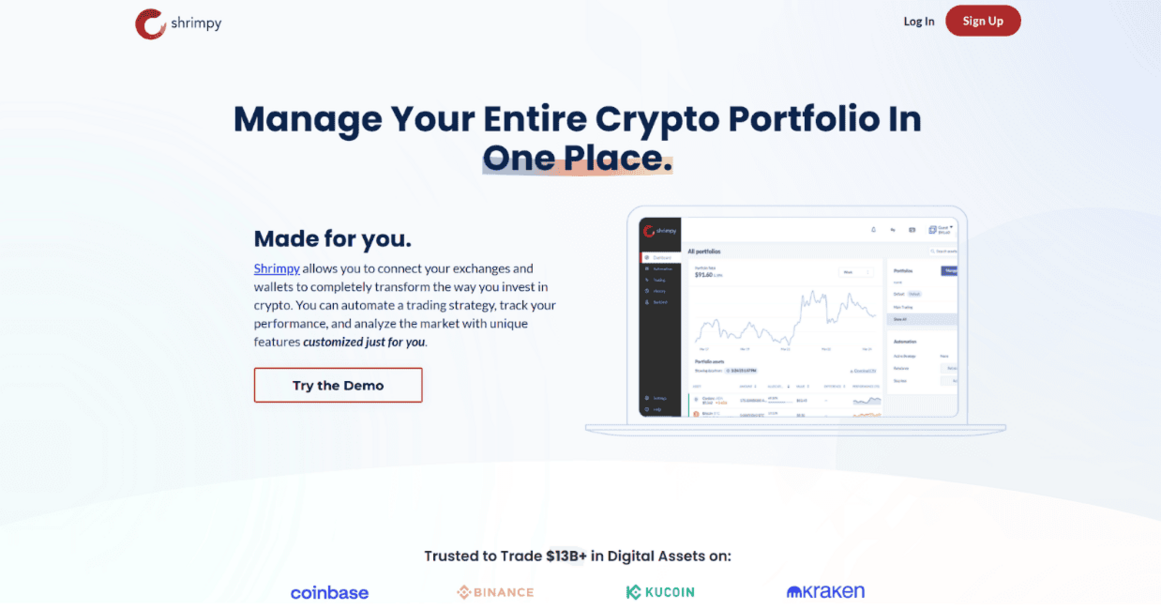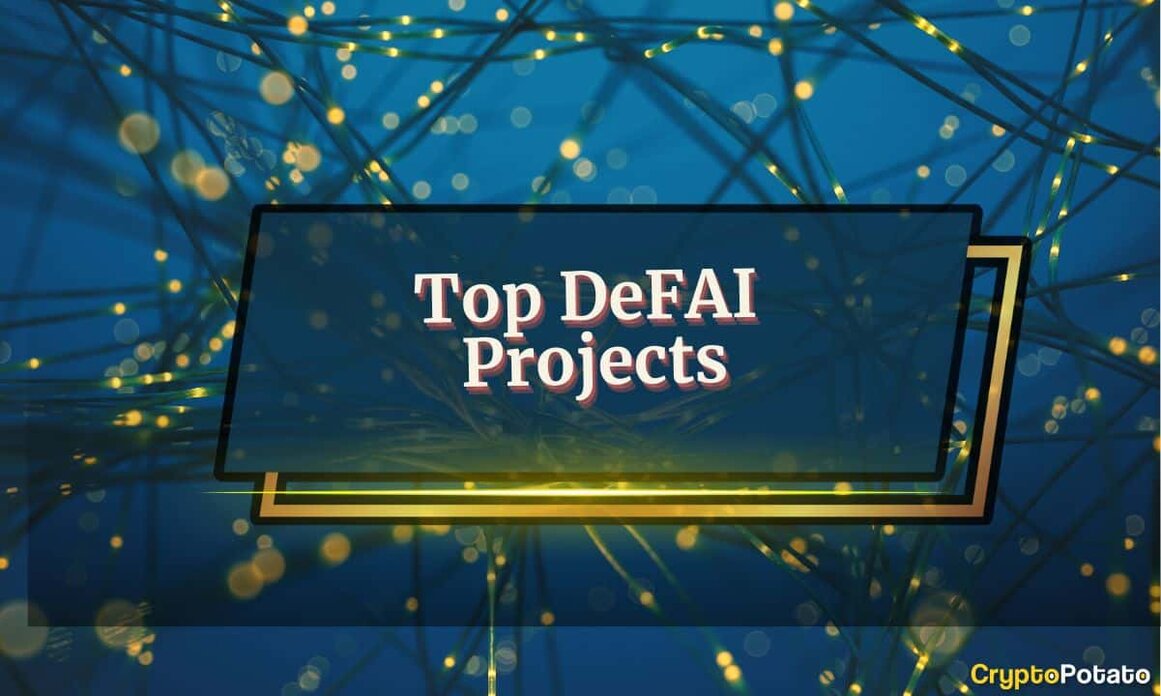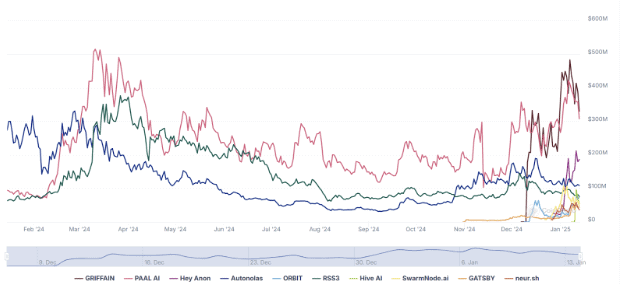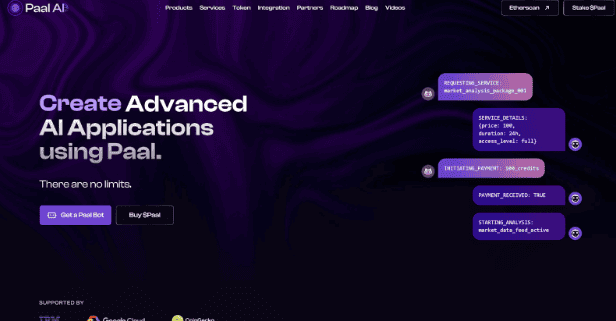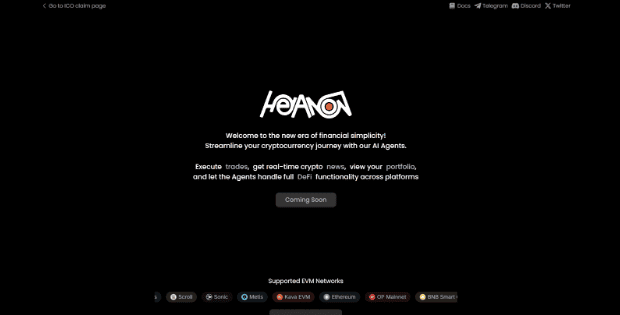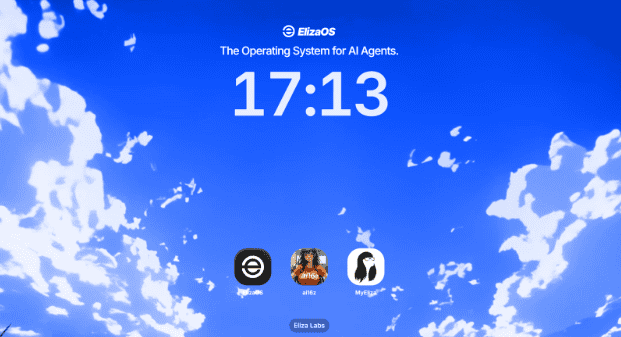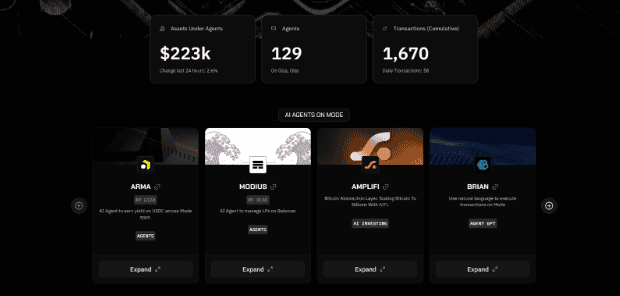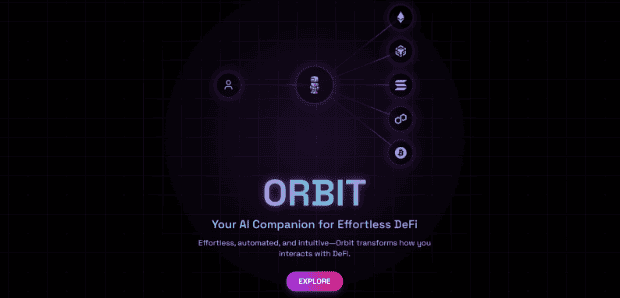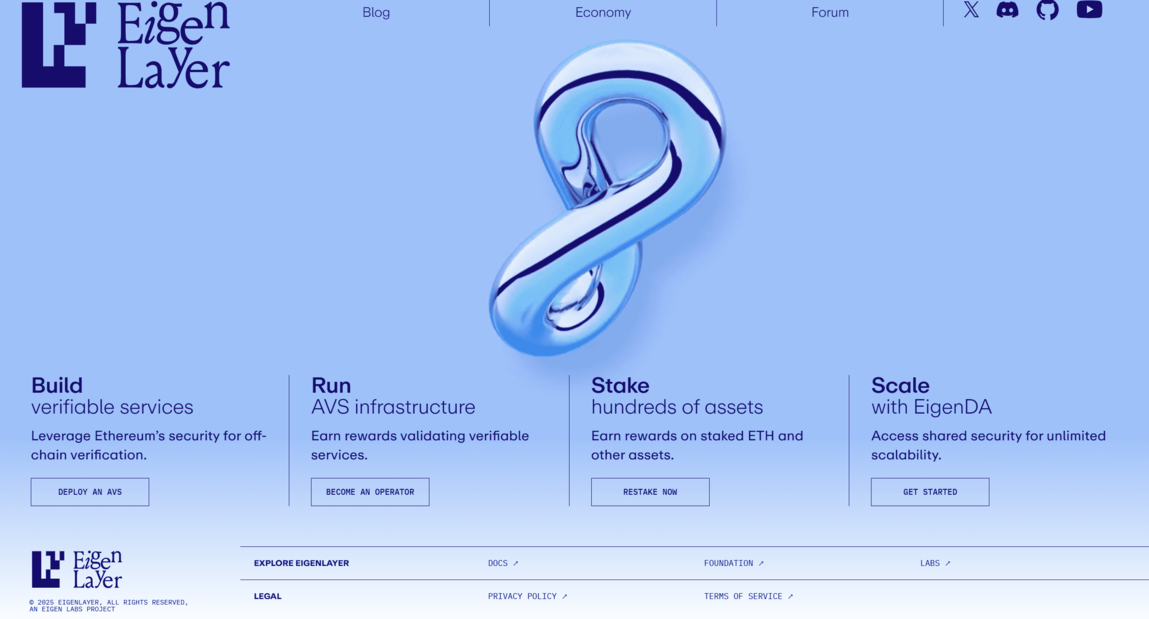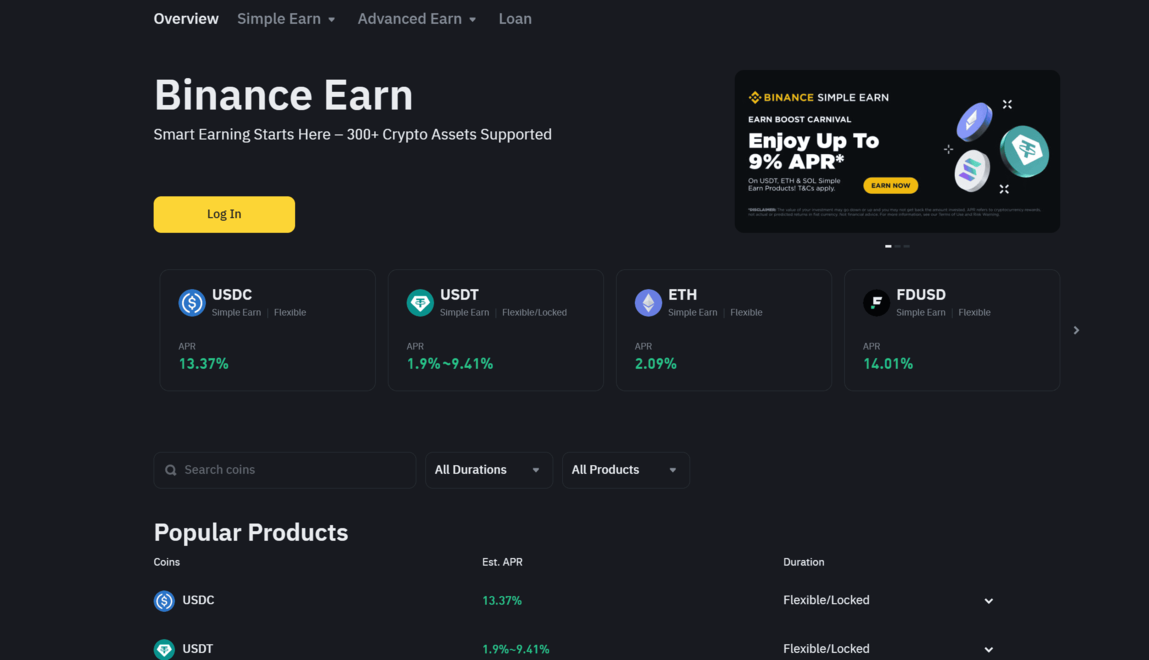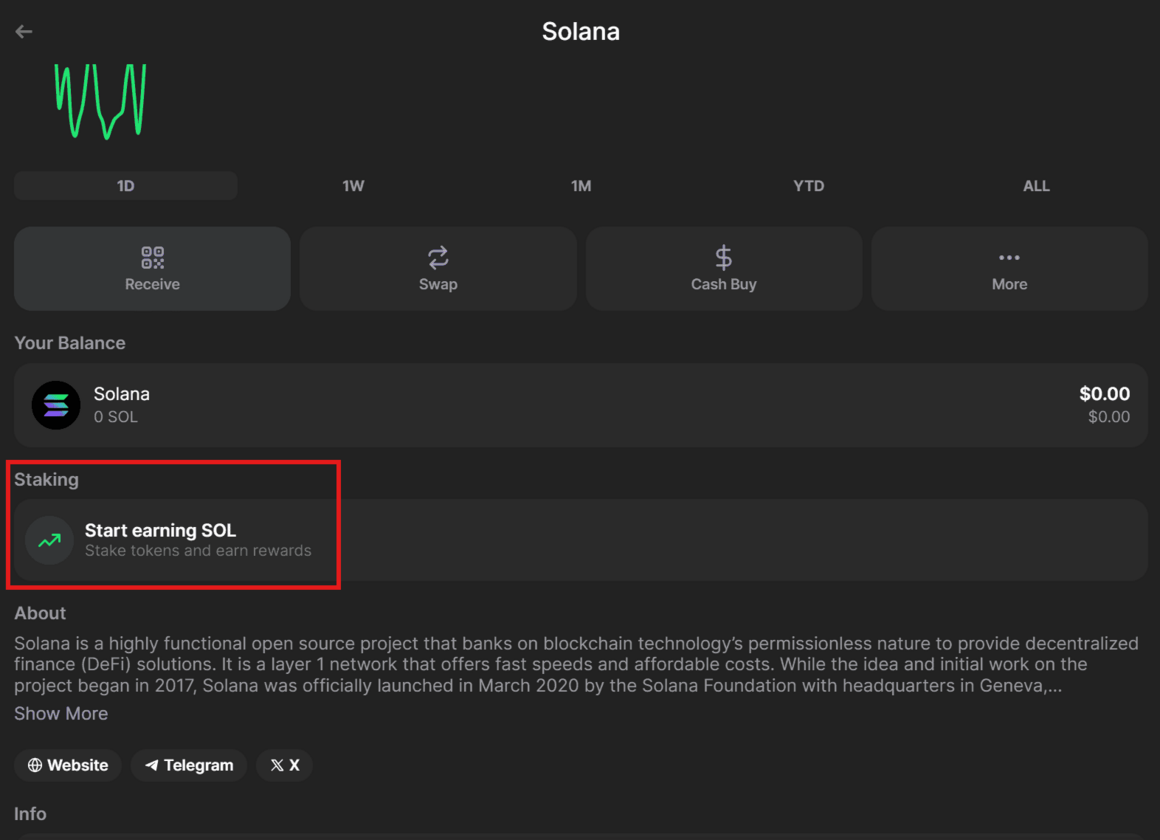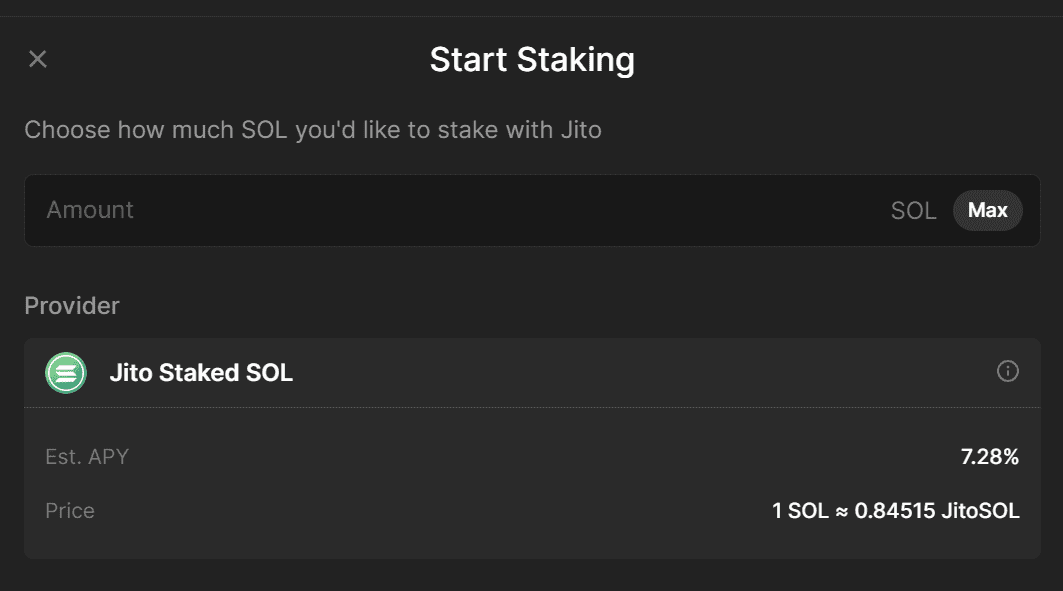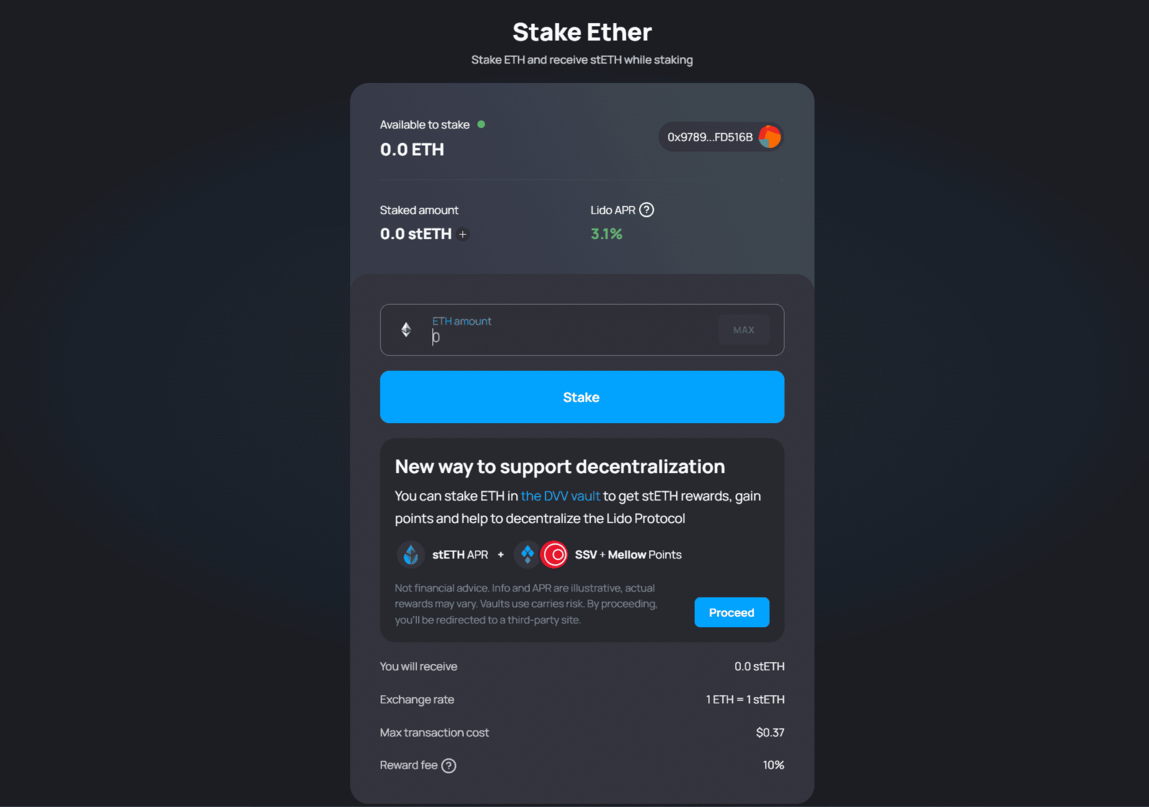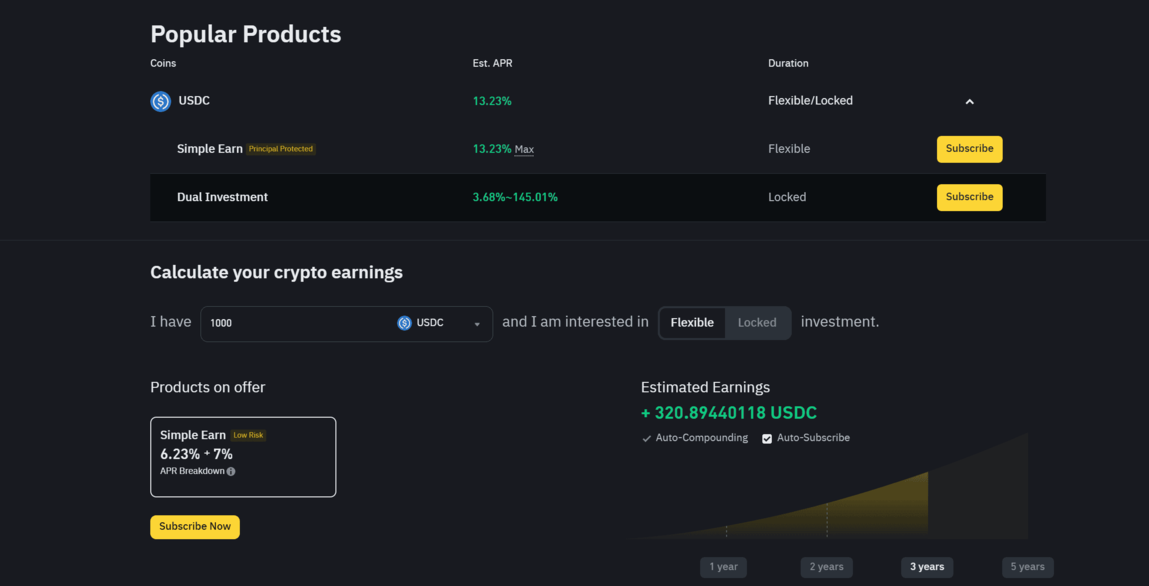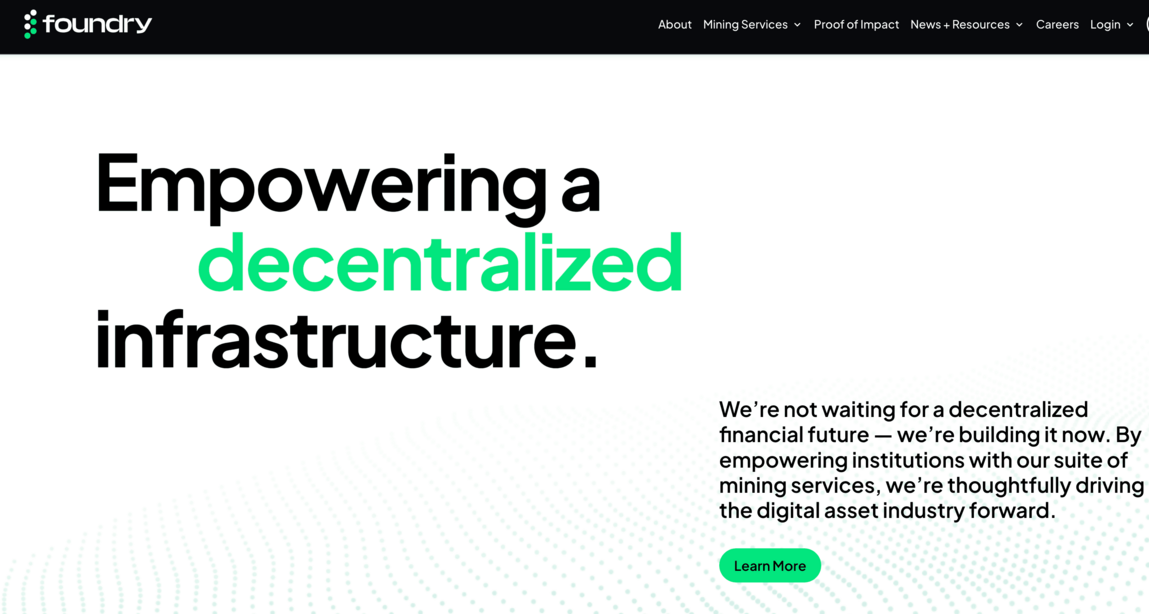Online Psychology Degree is one of the most popular and fascinating fields of study today. If you’re interested in understanding how people think, feel, and behave—and you want a career that truly makes a difference—then psychology might be the right path for you.
But what if you’re a working professional, a parent, or simply someone with a packed schedule? That’s where online psychology degree programs come in. They offer the flexibility you need without sacrificing quality, helping you build a successful career in mental health, education, research, or even business.
In this blog, we’ll guide you through the best online psychology degrees in 2025, their benefits, top universities, and what you can do with your degree. Whether you’re just starting or looking to advance your career, this guide has you covered.
Why Choose an Online Psychology Degree?
📚 Flexibility for Busy Schedules
Online psychology programs are designed for people like you—students who need to balance school with work, family, or other responsibilities. Many schools offer self-paced or asynchronous classes, so you can study whenever it works best for you.
🌍 Study from Anywhere
Forget about commuting or relocating. All you need is a computer and an internet connection to access lectures, assignments, and support services from anywhere.
💸 Cost-Effective Learning
Online programs can often save you money on commuting, housing, and sometimes even tuition. Plus, you’ll still be eligible for scholarships and financial aid.
🎓 Accredited and Respected Degrees
Top universities now offer fully accredited online psychology degrees. Your diploma will carry the same weight as one earned on campus, making you competitive in the job market.
✅ Diverse Career Paths
A psychology degree can lead to careers in counseling, HR, social work, education, criminal justice, marketing, and more.
✅ Affordability and Accessibility
Many online programs offer lower tuition, payment plans, and accept transfer credits, making it easier to manage costs.
What Can You Do with a Online Psychology Degree?
A degree in psychology opens the door to a wide range of careers in both clinical and non-clinical fields.
Clinical and Mental Health Careers
- Clinical Psychologist (with further education)
- Counselor or Therapist
- School Psychologist
- Behavioral Therapist
- Substance Abuse Counselor
Non-Clinical Careers
- Human Resources Specialist
- Market Research Analyst
- Social Worker
- Case Manager
- Academic Advisor
Mental Health & Counseling
- Mental Health Technician
- Substance Abuse Counselor (with licensure)
- Behavioral Therapist (with further certification)
Education & Human Development
- School Counselor (requires a master’s)
- Educational Support Specialist
- Youth Program Coordinator
Business & Organizations
- Human Resources Specialist
- Organizational Psychologist (graduate-level)
- Market Research Analyst
Criminal Justice & Law
- Correctional Treatment Specialist
- Forensic Psychology Assistant
- Victim Advocate
Fun Fact: You don’t need to become a licensed therapist to have a career in psychology. Many roles use psychological principles in business, education, and community work. Many people also use a bachelor’s in psychology as a stepping stone to graduate programs in counseling, social work, education, or law.
Levels of Psychology Degrees You Can Earn Online
🧠 Associate Degree in Psychology
- Duration: 2 years
- Best for: Entry-level jobs or transferring to a 4-year program
🧠 Bachelor of Arts (BA) or Science (BS) in Psychology
- Duration: 4 years
- Best for: Most psychology-related careers or preparing for graduate study
🧠 Master’s in Psychology or Counseling
- Duration: 2 years
- Best for: Advanced roles like licensed counselor, therapist, or researcher
🧠 Doctorate (Ph.D. or Psy.D.)
- Duration: 4–7 years
- Best for: Clinical psychologists, academic researchers, professors
Best Online Psychology Degree Programs in 2025
Let’s take a look at some of the top schools that offer accredited and flexible online psychology degrees for busy people like you.
1. Arizona State University (ASU Online)
- Degree: Bachelor of Science in Psychology
- Highlights: Top-ranked online programs, flexible schedule, supportive faculty
- Accreditation: Higher Learning Commission
- Format: 100% Online
- Duration: ~4 years (accelerated options available)
- Why it’s great: ASU Online offers interactive content, strong academic advising, and the flexibility to choose between a science- or liberal arts-focused psychology track.
2. University of Florida (UF Online)
- Degree: Bachelor of Arts in Psychology
- Highlights: Affordable tuition, well-rounded curriculum
- Accreditation: Southern Association of Colleges and Schools
- Format: 100% Online
- Duration: 4 years
- Why it’s great: UF Online is affordable, respected, and ranked among the top public universities in the U.S. Its psychology program emphasizes research and theory, perfect for students interested in grad school.
3. Southern New Hampshire University (SNHU)
- Degree: BA and BS in Psychology with specializations
- Highlights: Rolling admissions, generous credit transfer, 24/7 support
- Accreditation: New England Commission of Higher Education
- Format: 100% Online
- Duration: Self-paced, year-round enrollment
- Why it’s great: SNHU is popular among adult learners for its flexible format and career-focused concentrations, including Child & Adolescent Development, Forensic Psychology, and Mental Health.
4. Purdue University Global
- Degree: BS in Psychology – Applied Behavior Analysis, Addictions, or I/O Psychology
- Highlights: Flexible start dates, tailored tracks, working adult friendly
- Accreditation: Higher Learning Commission
5. Liberty University
- Degree: BS in Psychology – Christian Counseling, Crisis Counseling, and more
- Highlights: Faith-based learning, 8-week courses, fast-track options
- Accreditation: Southern Association of Colleges and Schools
6. Oregon State University (OSU Ecampus)
- Degree: BA/BS in Psychology
- Highlights: Highly ranked online education, top research university
- Accreditation: Northwest Commission on Colleges and Universities
7. Penn State World Campus
- Degree: BA or BS in Psychology
- Accreditation: Middle States Commission on Higher Education
- Format: Online with optional synchronous sessions
- Duration: 4 years
- Why it’s great: Known for academic excellence, Penn State offers rigorous psychology programs with options for research involvement and pathways to graduate school.
8. Capella University – FlexPath Learning
- Degree: Bachelor’s and Master’s in Psychology
- Accreditation: HLC
- Format: Self-paced (FlexPath) or GuidedPath (structured)
- Duration: Varies (faster for motivated learners)
- Why it’s great: Capella’s FlexPath lets you move at your own speed, which can save time and money. It’s ideal for self-motivated, experienced learners.
What to Look for in an Online Psychology Degree Program
When comparing programs, make sure to consider the following:
- ✅ Accreditation: Always choose a school that is regionally accredited. This ensures your degree is recognized by employers and graduate schools.
- ✅ Specializations: Some programs offer concentrations like:
- Clinical Psychology
- Child and Adolescent Development
- Forensic Psychology
- Industrial-Organizational Psychology
- Addiction Counseling
- ✅ Flexibility: Does the school offer asynchronous classes, self-paced learning, or part-time options? These features are crucial for busy adults.
- ✅ Support Services: Look for schools that offer academic advising, tutoring, career services, and mental health support for online learners.
- ✅ Transfer Credit Policies: Many online programs allow you to transfer previous credits, cutting down your total time and cost.
- ✅ Cost & Financial Aid: Explore tuition rates, FAFSA, scholarships, employer tuition reimbursement, and military/veteran discounts.
How Much Does an Online Psychology Degree Cost?
The cost can vary depending on the school, degree level, and whether you’re an in-state or out-of-state student.
| Degree Type | Average Cost (2025 Estimates) |
|---|---|
| Associate | $8,000–$15,000 total |
| Bachelor’s | $12,000–$30,000 total |
| Master’s | $18,000–$40,000 total |
Tip: Check if the school accepts transfer credits, offers scholarships, or provides tuition discounts for military or working adults.
Tips for Success in Online Psychology Degree Programs
Online education requires motivation and discipline. Here are a few tips to help you stay on track:
- Create a study schedule and stick to it
- Use digital tools like calendars and reminders
- Engage in online discussions to stay connected
- Reach out to instructors if you need help
- Balance school and personal life to avoid burnout
Is Online Psychology Degree Right for You?
Online programs are ideal for:
- Working professionals
- Parents or caregivers
- Career changers
- Military members
- Students who live far from a campus
If you’re self-motivated, tech-savvy, and looking for flexibility, then an online psychology degree can be a perfect fit.
Frequently Asked Questions (FAQs)
❓ Is an online psychology degree respected by employers?
Yes, as long as it’s from an accredited university, your online degree will be viewed the same as an on-campus degree.
❓ Can I become a licensed psychologist with an online degree?
To become a licensed clinical psychologist, you’ll need a doctorate (Ph.D. or Psy.D.) and pass state exams. Online bachelor’s and master’s degrees are great starting points.
❓ What are the best jobs with a psychology degree?
Popular roles include mental health counselor, HR specialist, school counselor, case manager, and behavioral therapist.
❓ Are online psychology classes hard?
Like any degree, they require effort and time. However, online programs often offer support and resources to help you succeed.
❓ How long does it take to complete an online psychology degree?
- Associate: 2 years
- Bachelor’s: 4 years (can be faster with transfer credits)
- Master’s: 1.5–2 years
❓ Do I have to take the GRE for an online master’s in psychology?
Some programs do require it, but many waive GRE requirements, especially for experienced or returning students.
❓ What’s the difference between BA and BS in Psychology?
- BA focuses more on liberal arts and general psychology
- BS includes more science, math, and research-heavy coursework
❓ What’s the easiest psychology degree to get online?
General psychology BS (no clinical hours). Avoid if you want licensure.
❓ Can I work while studying?
Absolutely! 73% of online psych students are employed full-time (APA 2023 data).
Next Steps to Enroll
1️⃣ Pick 3 programs that fit your goals
2️⃣ Contact admissions about transfer credits
3️⃣ Apply for FAFSA (Even part-time students qualify)
Need help choosing? Comment with:
- Your career goal (e.g., therapist, HR specialist)
- Time commitment (full/part-time)
- Budget
We’ll suggest your best options! 🧠📚
Final Thoughts
An online psychology degree offers more than just education—it offers freedom, flexibility, and opportunity. Whether you’re starting a new career or advancing an existing one, these programs are designed to work around your life, not take it over.
With the demand for mental health professionals on the rise, now is the perfect time to invest in a degree that not only fits your schedule but also your passion.
So go ahead—take the first step toward a fulfilling career in psychology—right from the comfort of your home.



